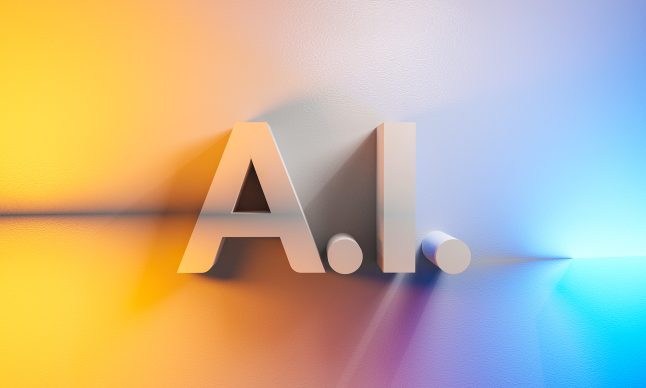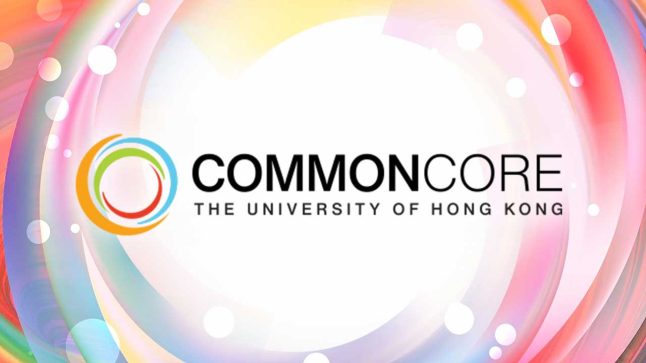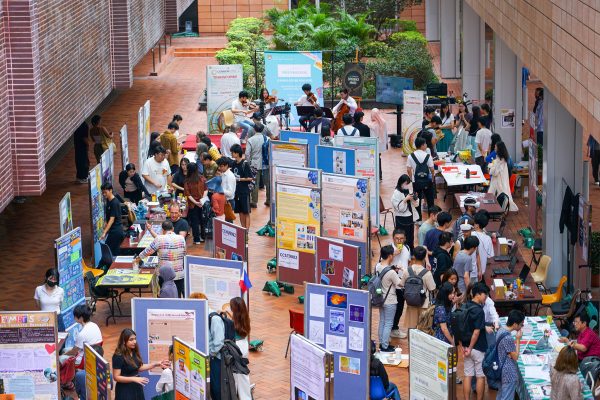
Turnitin is one of the tools available for students and teachers to determine the originality of their work. The originality report is a document provided by Turnitin to demonstrate the similarity between students’ original written coursework and Turnitin databases, including books, journals, websites, past submissions, etc. A general similarity score as well as a detailed breakdown are included in the report for instructors to judge the originality of the students’ work.
 The similarity score shows how much matching text has been found in the students’ writing. However, while it provides a direct overview of the originality, the score itself cannot be used as a criterion for determining plagiarism. The score could be rather high if the writing includes a large amount of proper citations or quotations, while it could also be rather low when the content is simply made up without any references. Therefore, judgment has to be made by an academic based on the detailed report. Any matching text against the databases would be highlighted with sources listed in the match overview section. Besides the matching text, links to the original full text are also available to help examiners make better informed judgments.
The similarity score shows how much matching text has been found in the students’ writing. However, while it provides a direct overview of the originality, the score itself cannot be used as a criterion for determining plagiarism. The score could be rather high if the writing includes a large amount of proper citations or quotations, while it could also be rather low when the content is simply made up without any references. Therefore, judgment has to be made by an academic based on the detailed report. Any matching text against the databases would be highlighted with sources listed in the match overview section. Besides the matching text, links to the original full text are also available to help examiners make better informed judgments.
Even though Turnitin’s originality report is not necessarily a plagiarism report, it serves as an efficient aid to avoid plagiarism. Instructors could choose to make the report accessible for students, so that they could perform a self-check before the assignments are officially handed in. Alternatively the report can also be made accessible after the submission of assignment so students can reflect and examine on the score of their coursework. This accessibility enables students to build up the good habit of making proper references in academic writing. On the other hand, by setting up an acceptable percentage of similarity, instructors could make use of Turnitin to ensure the originality of students’ writing.








